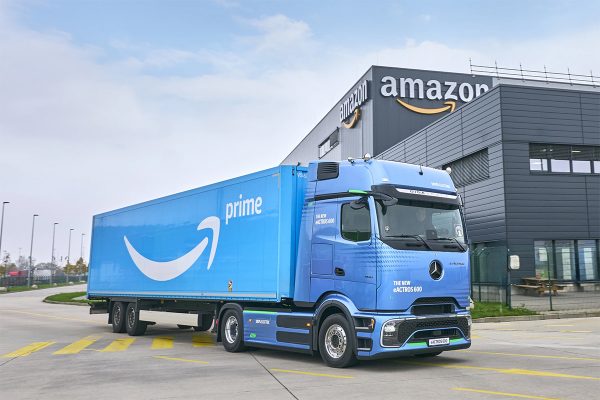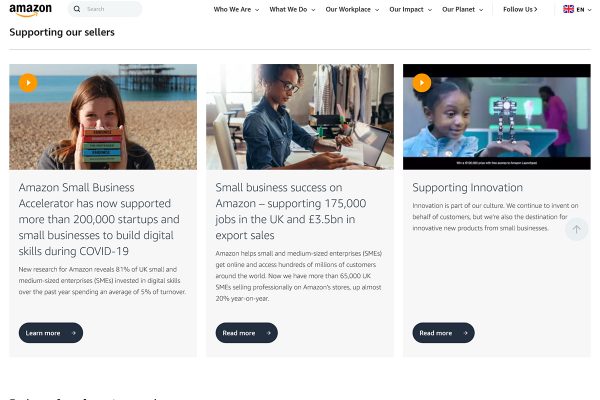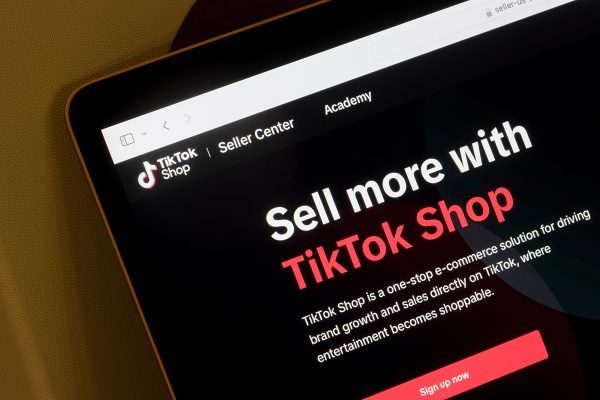Amazon provide a tool to enable you to sell internationally easily – the Amazon Build International Listings tool. While it can make launching your listings on other Amazon sites using your Unified Amazon account, there are downsides to automation when you’re not fully in control of each individual offer.
Today Jia from Intercultural Elements examines the Pros and Cons of using Amazon’s Build International Listings tool. Jia Li is the ecommerce Marketing Specialist at Intercultural Elements. She enjoys helping online retailers expand internationally… and home-made blueberry cheese cakes.
Using Build International Listings on Amazon
When it comes to international expansion on Amazon, everyone wants a piece of the pie. As exciting as it sounds, many sellers are put off by the enormous task of creating listings across different Amazon marketplaces. This is where Build International Listings (BIL) can come into consideration; Amazon’s own tool which automatically lists your items across other Amazon marketplaces in just minutes. Before getting too excited about BIL though, let’s take a look at the pros and cons of this mostly automated process to see if it’s really the right tool for you.
Pros
It’s fast and easy – provided you sell generic products.
The Build International Listings tool creates listings for those items that already exist in the target markets the seller wishes to expand into. It allows you to piggyback on existing product detail pages of items with the same ASINs on your target marketplaces. The tool also updates offers from your source marketplace to the target marketplaces while updating eligible offers and prices in the target marketplaces based on settings that you specify and currency exchange rates.
This is a quick, easy and cheap way to start selling on a number of international marketplaces, as long as you sell products which are already active on Amazon.
Cons
It’s not for every product
Since the BIL tool only creates listings for those items that already exist in the target markets the seller wishes to expand into, unique items whose ASINs don’t exist in the target marketplaces cannot be listed through the tool and must be created manually. If you frequently list new items which aren’t currently on Amazon, it’s unlikely the BIL tool for a match for you.
You risk having your listings mistranslated
A quick online search will show many sellers complaining about their listings being mistranslated by the BIL tool. Translation errors are the first thing you’d want to avoid when expanding into new countries and marketplaces. They confuse your foreign buyers, can lead to unsatisfying sales, and jeopardise your brand and credibility as a seller.
As advanced as machine translation is nowadays, the localisation of your listings is indeed something that requires a “personal touch”. Only a native speaker from your target country with a thorough understanding of the culture really knows how to adapt your product information for local buyers. Take a look at the four things to consider video when translating your listings for an ecommerce expansion.
Take clothing size for example. Even neighboring Amazon countries like Italy and France often use differing measurements. So, imagining you’re a British apparel seller trying to expand to mainland Europe, you’d need three or more different dress sizes for multiple target markets. Just like the translation of your listings, BIL tries to localise measurements but there’s no guarantee it will do it correctly, especially when you take into account specificities like sizes occasionally varying between brands. And therefore, by using the BIL tool, you’re risking listing your items in the wrong size and the resulting negative feedback and returns.
You still need different pricing strategies for the respective marketplaces
Yes, the BIL tool synchronises your prices across the target Amazon marketplaces based on your source market prices, and yes, it does take into account the exchange rates, but it doesn’t suggest what prices give you the highest margin while still remaining competitive in different marketplaces. So do your due diligence and potentially even invest in a repricing tool if necessary, to better calculate suitable prices for each country.
Translation quality and pricing could easily be overlooked, especially in the excitement of starting to sell in the multiple Amazon marketplaces. Yet it’s the fundamental elements such as the accuracy and quality of your listings that decide whether or not your international expansion will be successful. The Build International Listings tool can therefore have significant drawbacks and might even bring more harm than good in the long run when establishing your brand as a creditable seller on foreign Amazon marketplaces.
The verdict
There’s no one-size-fits-all when it comes to ecommerce expansion. Whether to use the BIL tool or not depends a lot on your product type, business scale, and most importantly, your long-term goals as a seller. If you’re selling more products than you could ever hope to write content for, or if your competitors are already selling your items, then BIL could be a quick and easy way to make your own offer and fight for that all-important Buy Box.
However, if you’ve invested the time and energy creating high quality listings in your domestic market because you know that’s what it takes to make a difference, then you should consider having your international listings created with this same care and attention. If you’re thinking about giving BIL a try, be sure to double check the listing translations to avoid misunderstandings and negative feedback.










